There has been a revolution in the way customers pay for their shopping. C-Store looks at the potential of new card payment systems and what the technology means to retailers
For some consumers, carrying cash is a thing of the past. No more a pocket full of change, or wallet stuffed with notes; just a flash of a card, watch or phone and the shopping’s done. According to the Barclaycard Contactless Spending Index (BCSI), the value of contactless transactions made in convenience stores has soared by 101% in the past 12 months.
The BCSI reports that use of touch and go payment methods is growing so fast that six out of 10 Brits are now choosing to pay with their contactless card or devices where possible. In supermarkets and convenience stores, more than three-quarters (76%) of purchases up to £30 in value are made using contactless payments where the option is available.
And there is no sign that the use of contactless will plateau any time soon; the usage of contactless payments is projected to rise by a further 317% by 2021 (Barclaycard Time is Money research 2017).
Tami Hargreaves, director of innovation and partnerships at Barclaycard Mobile Payments, believes the card payment technology has changed the way the nation pays for the better.
“Over the past decade contactless payments have transformed how we shop, travel and trade, making buying and selling quicker and easier. Today there is more choice than ever - from card to cash, mobile payments and wearables. And this is only set to increase with innovations such as our Grab+Go invisible payments concept, which allows consumers to scan and pay with a smartphone without the need to visit a physical checkout.”
Andrew Connolly, owner of Connolly Spar in Tidworth, Wiltshire, believes having new payment technology is vital for any small business. “It is now a critical part of our business and offers convenience for our customers, especially young people.
“People are very keen to use contactless payment, as often their basket spend can be quite small. People come in for a sandwich and the newspaper and usually spend about the £8 mark.”
Andrew introduced a PayPoint card system about four years ago, keen to follow the trend away from cash. “It was a slow start,” Andrew admits, “but people are becoming accustomed to the service and now expect it from a modern convenience store.”
Andrew now deals less and less in cash, with electronic sales approaching 60% of his overall business. “Not only does it save time but it is also secure. People can’t steal an electronic transaction.”
Along with the appeal of it being secure and convenient, the widespread use of mobile phones is accelerating the shift in payment methods. Mobile contactless transactions soared by 336% in the first six months of 2017, fuelled by the launch of Android Pay in 2016 and Samsung Pay in May, according to Worldpay.
James Frost, UK chief marketing officer for the payment processing company, says: “Mobile spending has shaken off the novelty tag, and is breaking its own spending records virtually every month. Granted there’s still some way to go before we start cutting up our cards and chucking away our wallets, but it’s easy to see why everyone from start-ups to tech giants is eager to have a stake in the technology.”
No contact
Despite the surge in popularity of contactless payments, British Retail Consortium research has found that up to three million of Britain’s small businesses still don’t accept cards. This may mean that retailers are missing out, as 60% of shoppers would shop more at small businesses, in their local area, if they could pay by card.
Nicola Longfield, director of small business at PayPal UK, believes too many retailers are not using card payment technology.
She says: “The UK’s small businesses continue to rely on traditional payment methods, including bank transfer (70%), cash (54%) and cheque (45%) to take payments. (Censuswide August 2017).
“The number of new ways to take payment may seem daunting for small businesses, but consumers are embracing these changes and increasingly opting to use digital wallets, contactless cards and smartphones when they shop. Businesses should try to see this as an opportunity, rather than an obstacle - much of the new technology available can make life easier for them.
“For instance, PayPal’s NFC-enabled card reader, PayPal Here, allows businesses of any size to accept Chip & PIN and contactless payments, with no long-term contracts, world-class security and instant payment into their business accounts. It can also help with back-office functions such as invoicing and receipts, meaning store owners are free to focus on their business and customers.”
Harry Goraya, owner of Rosherville Post Office in Gravesend, Kent, has embraced contactless payment, but says the new technology means he is already finding it harder to interact with customers. “Quite a lot of people come in and pay with contactless or via mobile, especially young people, who are often speaking on the phone while paying and don’t want to be carrying more than one item in each hand,” he explains.
Turnover in Harry’s store is now 50% electronic transactions, and this has spurred him on to look at new ways of interacting with customers. “We are thinking of using QR codes that will allow customers to make payments around the store. We may even offer some kind of discount for those coming into the store. It’s a natural progression; people don’t look for the customer service element anymore.”
However, Harry acknowledges that the benefits of the new technology can’t be ignored. “Contactless pay has almost certainly been good because young people don’t generally carry much cash. It seems to be a more convenient way to make a payment.”
With consumers demanding faster service, many retailers are turning to card payment providers to speed up the transaction process.
Square launched in the UK in March and more than two million small businesses use it to take credit and debit card payments. Retailers can use the company’s Square Reader app on their own tablet or smartphone, to help manage their transactions. Set-up takes less than five minutes and the system is compatible with Apple Pay, Android Pay and Samsung Pay.
Sarah Harvey, country manager for Square UK, says: “British business is fiercely competitive, and nowhere is that more true than on the high street. Small businesses are competing with larger competitors who have greater resources, so they need to make use of every advantage they can get. That means making it as easy as possible for their customers to buy from them, including accepting card payments alongside more traditional methods like cash.”
Andy Childs, owner of Wookey Hub village shop and café in Somerset, has been using Square’s payment system since opening earlier this year. As there is no cash machine in his village, having a card payment system is essential.
“One thing I can’t afford to do is throw away money on elaborate tills and systems,” he says. “I love using Square and once you’ve bought the reader, it’s yours to keep, and the app is free to download. The rates are very competitive and you get your money the next working day, so it’s great for cash flow, too.”
Without limits
Toby Pickard, senior innovations and trends analyst at IGD, believes a cashless society is a possibility. “Since credit cards were introduced, technology has advanced quickly, making it possible to imagine a world where payments will be even more digital, mobile, borderless and cashless. It is essential for retailers to reconsider how their business operates, in order to meet shifting shopper preferences when it comes to making payments.”
Pickard expects more retailers to follow the likes of Amazon and look to roll out their own checkout-free stores in the future. “Recent technology that we’ve seen suggests that we are moving towards a society with fewer coins and notes, and more virtual payment opportunities,” Pickard asserts. “This way of shopping means shoppers are spending less time in-store, so it is important for retailers and manufacturers to ensure they develop new ways to keep them engaged.”
Retailers such Pete Ewing, manager of Spar North Hill, in Plymouth, have done just that by introducing Zapper, a phone app-based payment, loyalty and instant rewards platform. He says: “We have had more than 100 transactions in about two weeks and the figures have increased to the kind of level we were expecting, so it’s all really positive.
“For us, the system acts as a loyalty programme, which means we can compete with the schemes the multiples are doing. It is also great value for our customers, with better incentives.”
Shoppers can get £3 off their first shop and £2 off their second if they use the Zapper app to purchase their shopping, Pete explains.
He adds: “Most of our transactions are now made electronically and that number is increasing year on year. The system is also much safer with all the security features you have on your phone.”
So if you are lagging behind the times, now is the moment to embrace new technology and look to the future of payment.
Card tricks
Tip to outwit the fraudsters
Card payment technology may be more secure than ever, but retailers can be caught out by a little-known feature of Chip & PIN devices.
Terry Caton from Londis, Chesterfield, explains: “What the fraudsters do is put a large PayPoint transaction or a mixed basket of goods through. The customer then says something like: ‘The Chip & PIN isn’t working, I’ll just key the card number in’. Of course, the card is probably stolen, so when it appears on a statement three or four weeks later it is questioned.”
The reason many terminals accept transactions in this way is because they include capability for ‘customer not present’ transactions, needed for telephone orders, for example.
Terry continues: “Like many retailers I was unaware that ‘customer not present’ transactions are possible on Chip & PIN systems. But they are installed as standard.
“If you have home news accounts or a Deliveroo service you might arguably need it, otherwise there is no benefit to having it switched on. It is easy to disable - you just phone up the merchant and it can be switched off in 24-48 hours.”
Innovation
Very smart phones
In response to changing payment methods, more retailers are turning to smart devices as a way to engage with consumers and make their store more interactive.
As a result, both Nisa and Spar have endorsed and introduced Zapper to a number of stores. The phone app-based payment, loyalty and instant rewards platform allows shoppers to scan a QR code at the till, and payment - including voucher redemption and loyalty card updates - is processed in just a few seconds.





















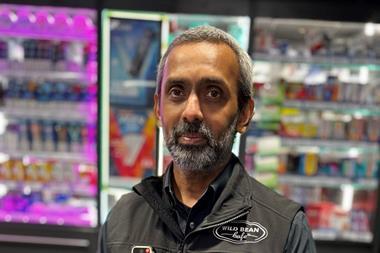
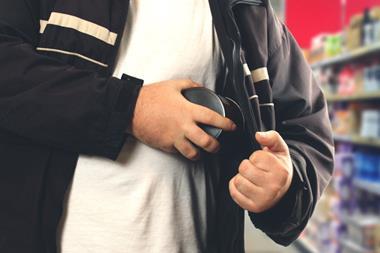
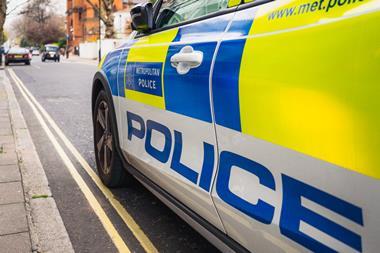

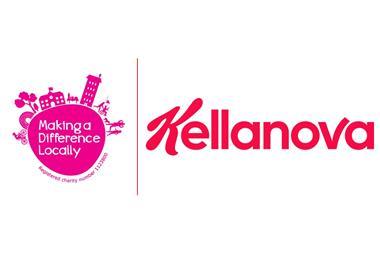
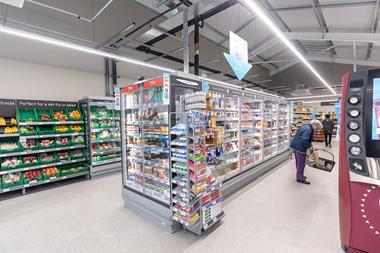
No comments yet